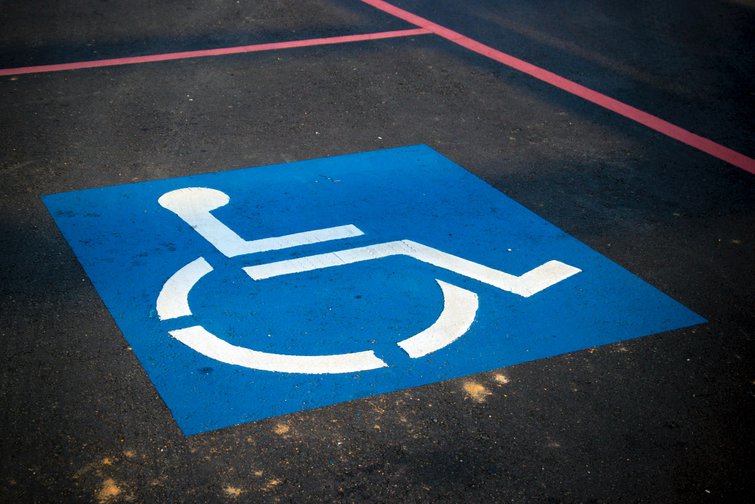A Brief Colonial History Of Ceylon(SriLanka)
Sri Lanka: One Island Two Nations
A Brief Colonial History Of Ceylon(SriLanka)
Sri Lanka: One Island Two Nations
(Full Story)
Search This Blog
Back to 500BC.
==========================
Thiranjala Weerasinghe sj.- One Island Two Nations
?????????????????????????????????????????????????Saturday, October 3, 2020
Disabled communities fighting back during the coronavirus pandemic
The rights of disabled people have been sidelined during this pandemic but multiple threats of legal action have forced the government to pay attention.
 |
Steve BroachAnne-Marie Irwin-1 October 2020
The pandemic has seen disabled people distanced even further from policymaking that directly affects them, with dire consequences for their rights and interests. At the time of writing, disabled people were expressing concern about the way the exemptions to the new requirement for face coverings on public transport were being ignored by politicians and the media.
Two disabled people threatened judicial review litigation over the mandatory requirement for face coverings, backed with criminal sanctions, given the anxiety and distress covering the face can cause to autistic people and other groups and the stigma and prejudice caused by the lack of understanding of the exemptions. However, no claim was ultimately issued and the government did promote the existence of the exemptions more extensively once the threat of judicial review was made.
Actual or threatened legal action has been repeatedly necessary to prevent indirect discrimination against disabled people arising from the pandemic.
Another striking instance was the challenge to the incorporation of the ‘Clinical Frailty Scale’ (‘CFS’) into the NICE guideline on access to critical care, which risked disabled people with high support needs being denied intensive care on the basis of a high ‘frailty’ score alone. NICE amended the guideline after receiving pre-action correspondence, but disabled people and their loved ones continued to fear the CFS would be used in practice.
Two judicial reviews were intimated against secretary of state Matt Hancock for failing to issue clear guidance on how critical care should be prioritised in the event that demand outstripped supply, but in the event neither claim was issued. The NHS managed to avoid entering that ‘rationing’ scenario in relation to intensive care during the initial months of the pandemic, albeit at significant cost to other health services.
The pandemic has led to the continued and repeated misapplication of ‘do not attempt cardiopulmonary resuscitation’ notices to people with learning disabilities. This sense that disabled lives have less value than others was reinforced by the failure of relevant bodies to report an accurate total of the deaths of people with learning disabilities and / or autistic people during the pandemic. Again, both of these issues have been subject to actual or threatened litigation.
The lockdown also had a disproportionate adverse effect on disabled adults. Care homes and other settings began to impose blanket bans on visiting, failing to factor in the devastating impact these bans can have on the right to family life of disabled residents under Article 8 of the European Convention on Human Rights. The government’s lockdown guidance went further than the regulations, in seeking to enforce a ‘once a day’ exercise restriction on people leaving home. This was only varied after a group of disabled people who needed to leave home to exercise more frequently to maintain their well-being threatened judicial review proceedings.
The legal issue affecting disabled adults which had the greatest amount of coverage turned out to be something of a damp squib. The Coronavirus Act 2020 cut a swathe through the entitlements to social care, including removing any duty to meet eligible needs under the Care Act 2014 in England unless to do so was necessary to avoid a breach of the European Convention on Human Rights. However, Matt Hancock published statutory guidance which put in place a detailed and prescriptive process by which local authorities had to effectively bring these ‘easements’ into force.
This raised the spectre of a patchwork of local authorities, each applying different versions of adult social care law, making it impossible for legal advisers to support disabled people and their carers to access their entitlements. As it transpired, only eight local authorities have to date made the necessary decision to apply the ‘easements’ in their area, and only one local authority, Solihull, has stated that the easements were actually in force. The potential for wholesale disapplication of the Care Act duties has therefore not (yet) arisen. Though, there is an obvious risk that further local authorities will adopt the ‘easements’ in the event of a second wave of cases.
One shard of light in relation to the pandemic has been the ability of disabled people, civil society and lawyers to respond quickly to arguably unlawful measures, often using crowdfunding to fill gaps in the legal aid scheme to allow judicial review claims to be threatened or promptly brought. The issues have also garnered significant media attention, shining a light on disabled people’s rights in a way which is rarely seen under normal circumstances. Legal practitioners and civil society must continue to adopt this fleet footed approach to protecting and promoting disabled people’s rights as we move into the next stage of the pandemic.
Judicial review has been a critical tool in this response. In a number of cases, a credible threat of judicial review has been enough to get detrimental policies withdrawn or amended. But in July the government launched an independent review which will examine whether additional barriers should be imposed in accessing judicial review. Currently, many disabled people are eligible for legal aid, given the barriers to work and resulting poverty which many disabled people experience. The review panel will need to keep in mind the detriment which may be caused to disabled people from any of their proposals to avoid indirect discrimination against this group.
|
Photo by AbsolutVision on Unsplash

